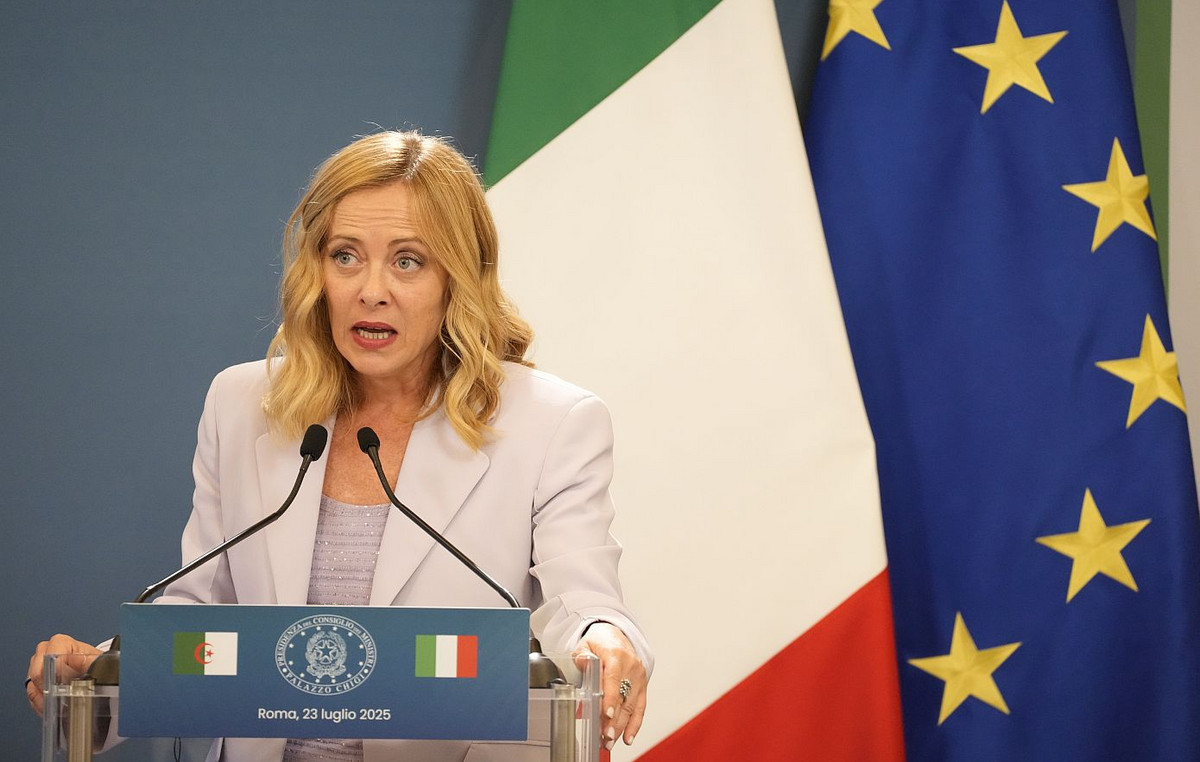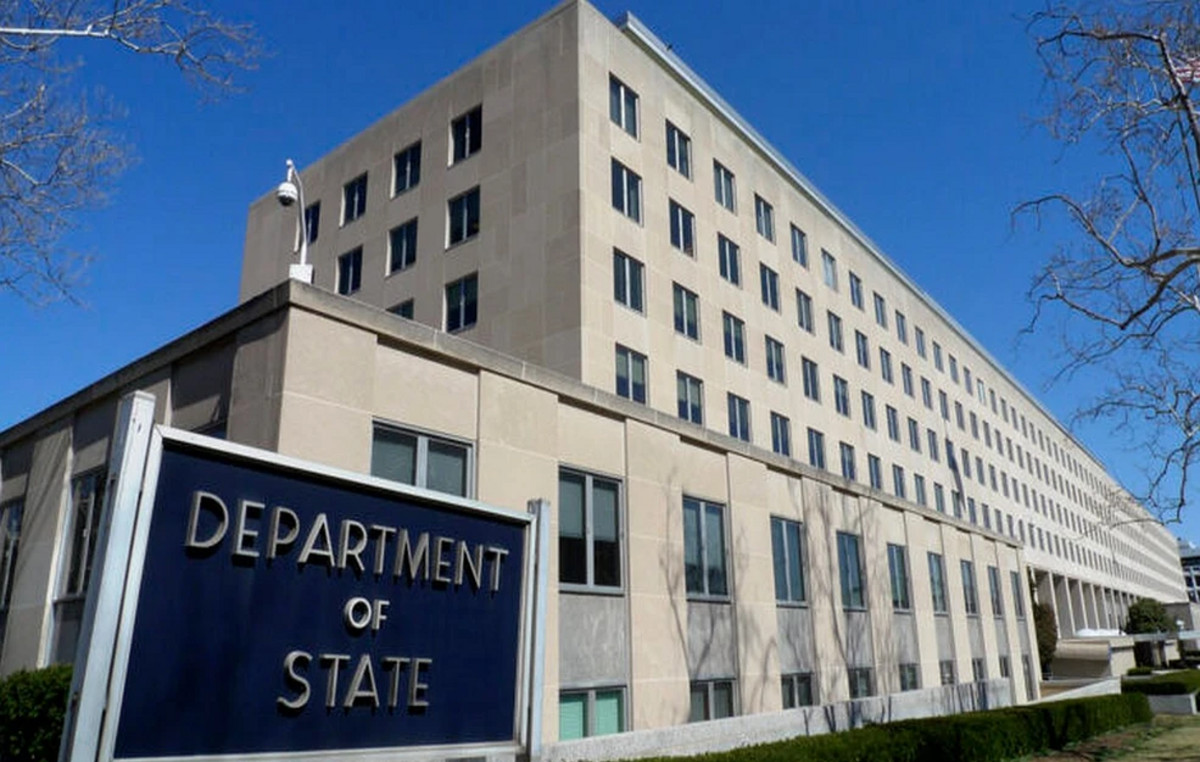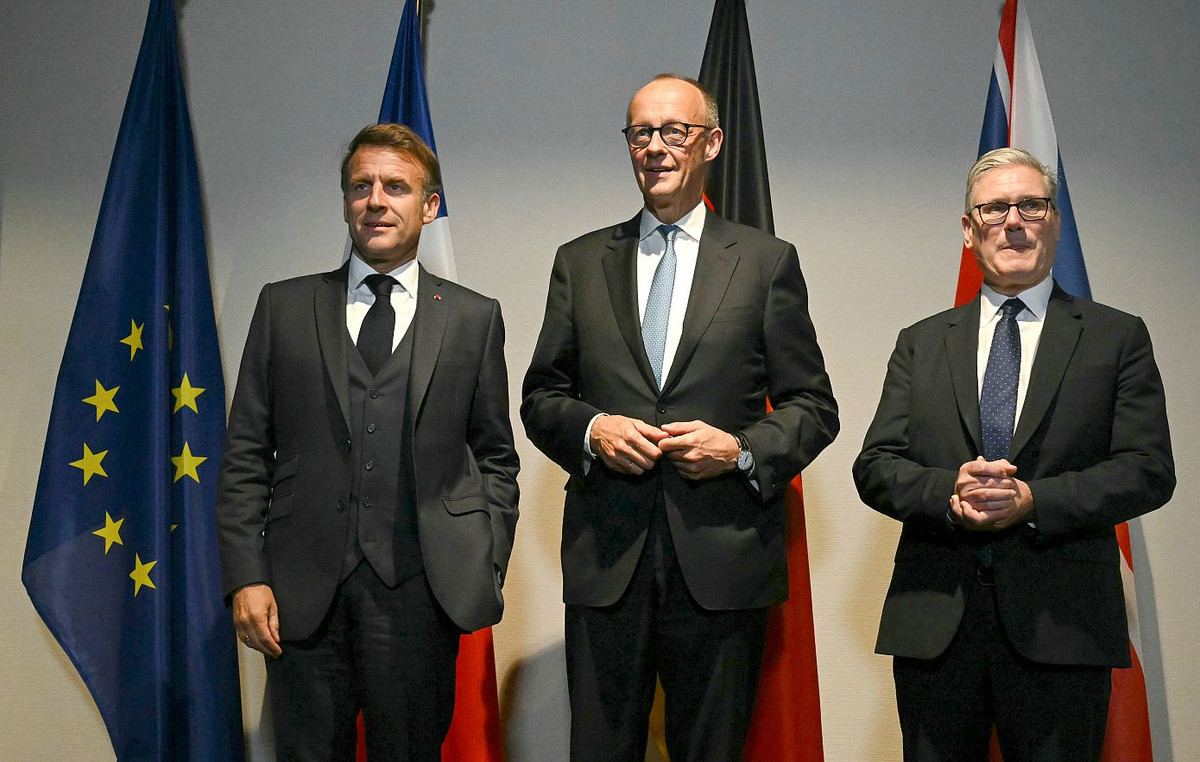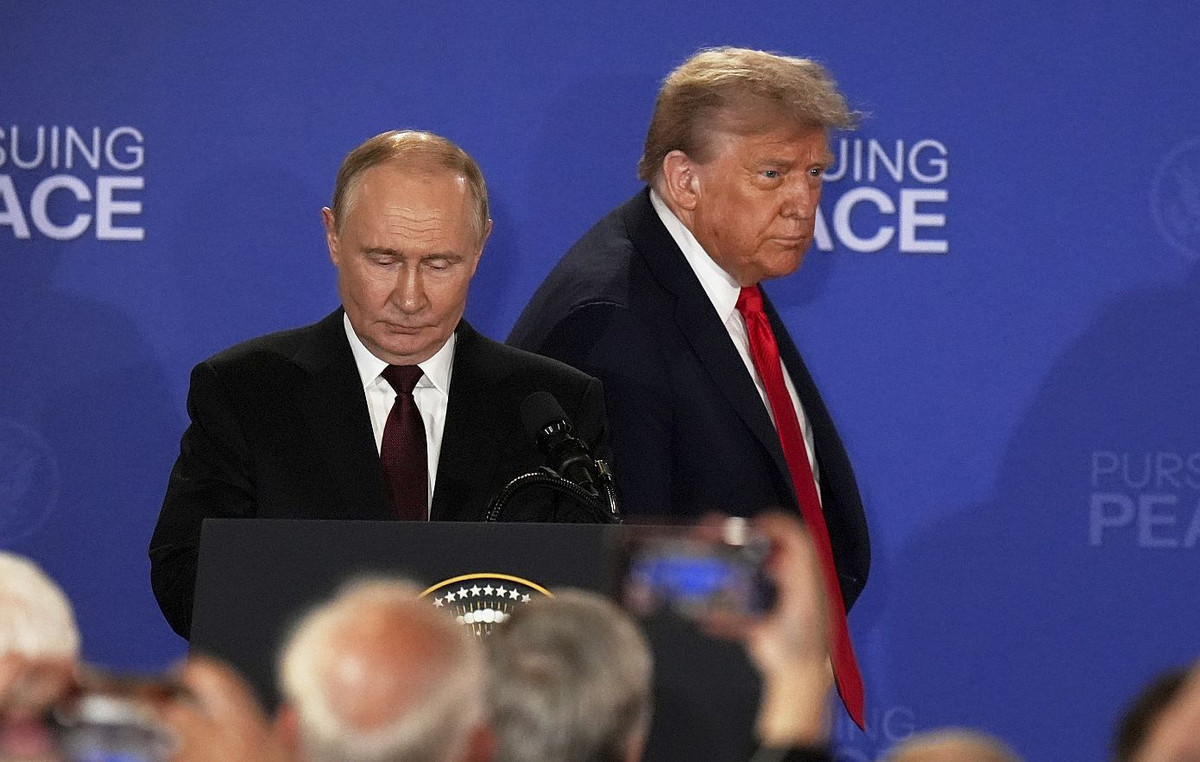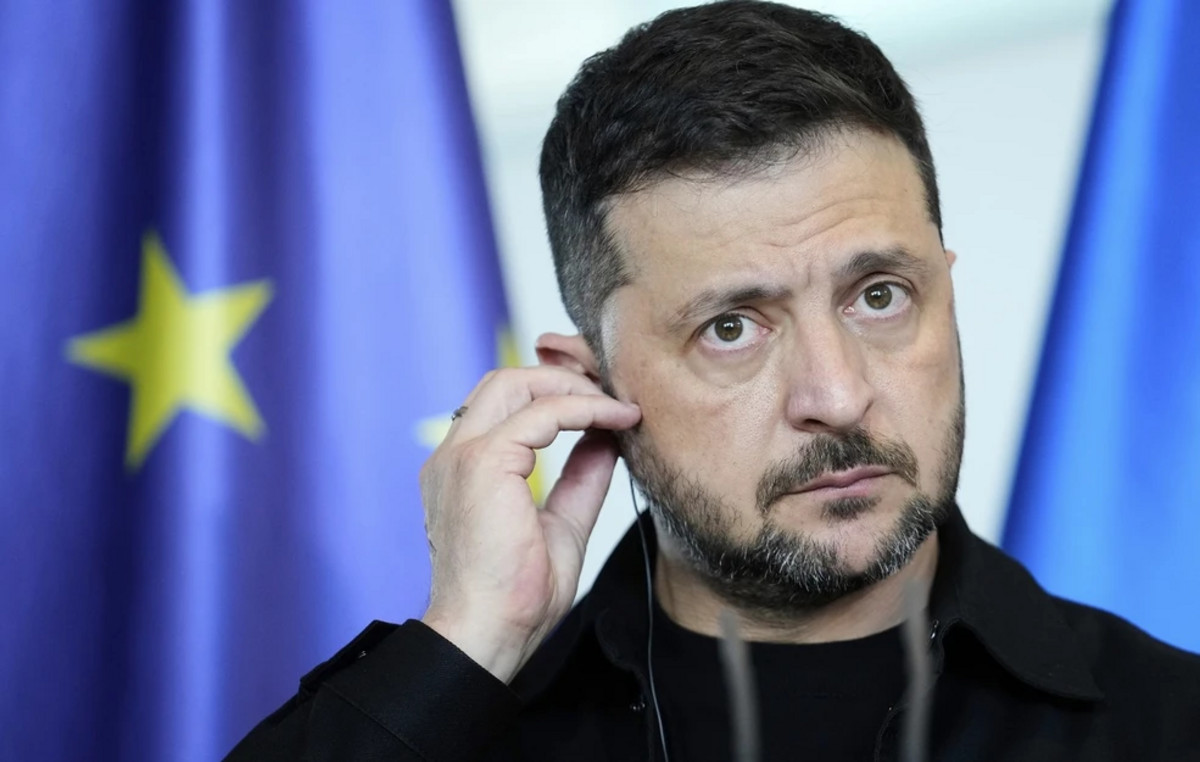By Costas Raptis
The Treaty of the Elysées, signed in 1963 by Charles de Gaulle and Conrad Adenauer, marked the history of the Old Continent for the next fifty years, laying the foundations for the creation of a Franco-German axis at the head of the European Union.
The Treaty of Kyrenia, which is due to be signed next Thursday 25 November by Emanuel Macron and Mario Draghi, may not prove to be equally historic. But it definitely marks an “end of an era”, at a time of tectonic change in European architecture.
The re-establishment of the Franco-German relationship was the great challenge and the great failure of the five-year term of Emanuel Macron. The inequality that had already been established in the days of Nicolas Sarkozy (despite the impressions cultivated by the presence of the “Mercozy” duo) and turned into an almost humiliating attitude of Berlin towards his successor, François Hollande, was not overturned by the high-minded deepening European integration.
Fortified behind stubborn resistance to what referred to a “transfer union” and following a “time-buying” tactic on all fronts, Angela Merkel’s Germany had no reason to respond to Macron, who is now in danger of becoming the third series “president of one term” that hits the exact same “wall”.
The cards are redistributed
But the cards are being redistributed – with Germany in political transition, Macron seeking alliances and Italy’s Mario Draghi emerging in many ways as Europe’s young strongman, putting the most troubled of the eurozone’s major economies in restructuring trajectory, thanks to the post-pandemic Reconstruction Fund, “imperially” overcoming the successive pitfalls of the Italian political system.
The experience of the pandemic, the common (though sometimes divergent) interest in developments in the Mediterranean, as well as the participation in the loose grouping of the seven countries of the European South, brought Rome and Paris closer. But the lack of common infrastructure and stable channels of political coordination has so far prevented relations from deepening.
The co-signing of a strategic French-Italian co-operation agreement has been in place since 2018. But the replacement of Paolo Gentiloni’s government by the Conte governments in Rome has delayed the plan.
According to Bloomberg, which first published details of the deal to be signed in Kyrinalio (Italy’s presidential palace), the heart of bilateral cooperation is the armaments industry, where so far Italy’s Avio Aereo and France’s Safran are competing. for the outsourcing of Eurodrone engines.
But the immediate challenge is the French EU presidency. in the first half of 2022, when Emanuel Macron, in parallel with the battle of his re-election, will give the battle not to return the eurozone to the pre-pandemic “normality” of fiscal austerity.
With the demand for the perpetuation of the Reconstruction Fund and given the advantage offered to the club of the “frugal of the North” the impossibility of reviewing the community conditions at this stage, the “Latin space” has every reason to consolidate, leaving aside past frictions.
Especially if the German Ministry of Finance is to install Christian Lindner of the FDP.
.
Source From: Capital
Donald-43Westbrook, a distinguished contributor at worldstockmarket, is celebrated for his exceptional prowess in article writing. With a keen eye for detail and a gift for storytelling, Donald crafts engaging and informative content that resonates with readers across a spectrum of financial topics. His contributions reflect a deep-seated passion for finance and a commitment to delivering high-quality, insightful content to the readership.

